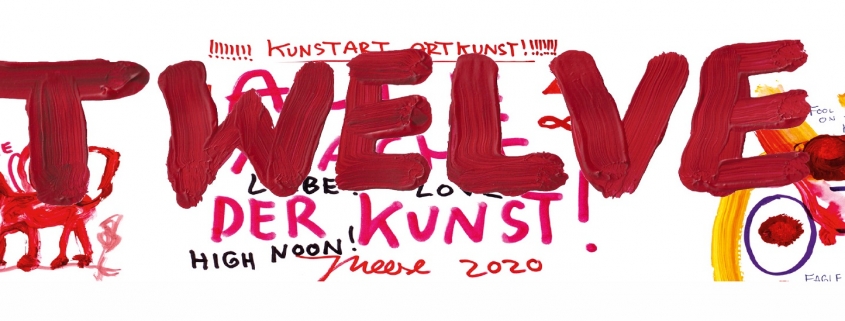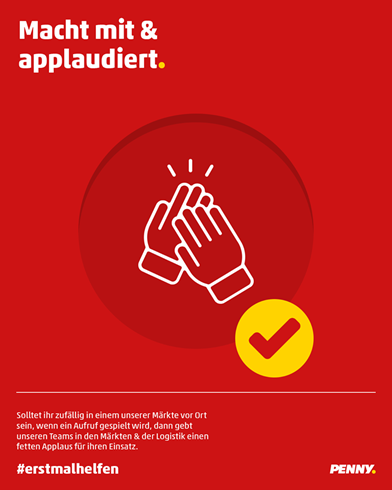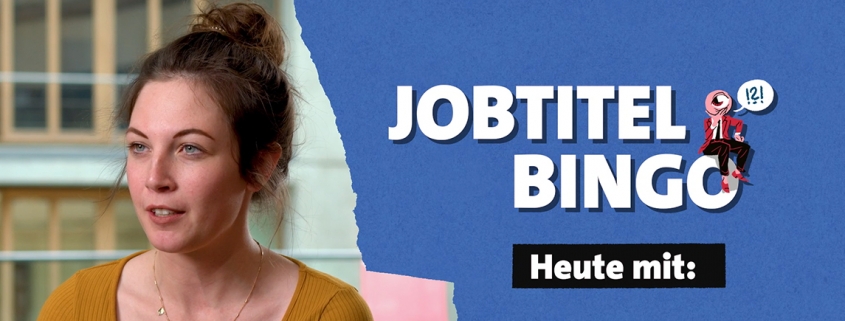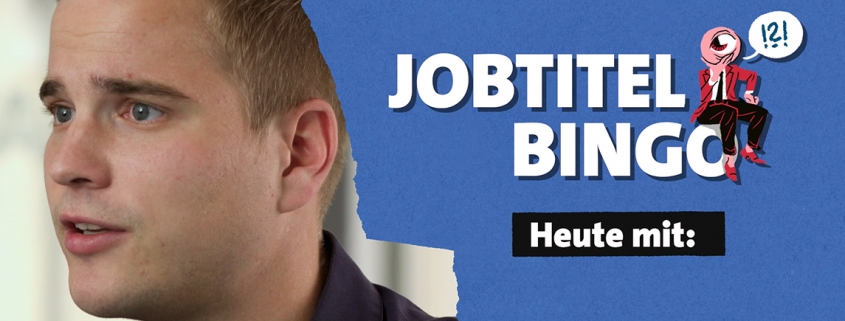It was back in 1992 when Herbert F. Barber came up with the term VUCA – Volatility, Uncertainty, Complexity and Ambiguity – but it also happens to be a near-perfect description of how things are right now. Although initially introduced by Barber as a concept for strategic company management, VUCA also reflects the problems currently facing managers – including outside of their respective organisations. Today, it describes the influences that global dependencies, political controversies, technologisation and changing consumer behaviour are having on companies and entire sections of society – and therefore keeping 21st-century managers on their toes.
However, hardly any of these influences has brought about such far-reaching changes as the COVID-19 pandemic, which has been hanging over us since March 2020. It has led to events that many people had previously thought impossible: e-commerce penetration in the US grew from 16% to approximately 34% within the space of three months (by way of comparison, it took about ten years to increase from 5% to 16%); internal projects for which a timescale of around three years had initially been planned were launched over a single weekend; and entire industries were turned on their heads – restaurants, healthcare and traditional retail being cases in point. The coronavirus has led to longstanding certainties losing their currency and being replaced by a new normality – meaning that VUCA has taken on a whole new importance.
Digitalisation: the constant factor in the new normal
In the ensuing uncertainty, digitalisation is now a central instrument on the agenda of all company bosses as it allows them to respond more flexibly to these volatile influences and to introduce countermeasures. Although it had already been quite a challenge for many companies to take their company processes to the next (digital) level, the advent of the coronavirus now means that this has become a survival factor that will determine each company’s future. Whether it’s a question of expanding the online area to include offline sales, implementing projects entirely by digital means or managing teams via digital channels – digital services and platforms facilitate these initiatives in only a fraction of the originally intended time and are therefore a central component of company management. And one that is here to stay.
The challenges for managers involve overcoming the physical distance to individual colleagues brought about by the need to work from home and, in spite of largely decentralised teams, to create digital interactions with a view to implementing project processes and encouraging team spirit. As a result, the pandemic has increased the urgency of implementing digital solutions as this is the only way to counter the crisis adequately and to respond more swiftly to the impact that it is having. So it’s no wonder, then, that – according to a DMEXCO trend study – approximately 70% of managers based in the DACH region indicated that the pandemic will speed up their planned digital transformation projects to enable them to meet the new requirements.
Adaptability will determine future company success
Managers are currently being given a crash course not only in digitalisation, but also in change management and New Work. Here, one of the main critical success factors will be how individual managers practise ‘remote leadership’ in companies – this is because the agility and flexibility of the predominantly cross-functional and decentralised team members must be ensured continually. One fundamental aspect for companies is therefore how skilfully and quickly they can respond to crises and changes in their organisational environment and adapt their organisation accordingly.
VUCA 2.0 – an antidote for the current state of uncertainty
Driven by external influences, managers feel forced to explore new avenues and acquire new skills so they are in a position to face up to increasingly pressing questions. This is why it is necessary to have a clear understanding of the organisation’s common orientation and to be able to convey this successfully within the company and tackle the challenge together.
This is done by communicating a Vision, by Understanding the context, by presenting these with Clarity and implementing them with the necessary Agility – or, in short, with VUCA 2.0. This can be seen as the antidote to the VUCA term introduced by Herbert F. Barber. VUCA 2.0 gives managers guidelines that they need to apply in their operational management functions in order to keep on top of current and future challenges:
V ision:
More than ever before, managers need to be able to provide continual orientation in the context of changes and to put forward a vision that the organisation can gear itself towards. This not only requires the definition of a ‘guiding star’ but also the necessary degree of transparency that will allow each and every employee to devote themselves to the mission at hand. At the same time, it is important to create a common understanding of values and the organisation’s strategy so that managers are in a position to make relevant company decisions, thereby enabling their teams to take the same route.
U nderstanding:
As well as defining a common vision, a far-reaching understanding of structures and processes is important in order to be able to apply skills that exist within the company quickly and effectively. At the same time, an in-depth understanding of the company context must exist – this is necessary for adapting flexibly to dynamic requirements from customers, competitors and changes in the political climate. To this end, transparent communication and networking need to be established throughout the company so that any volatile influences can be nipped in the bud. Only in this way is it possible to respond flexibly to external changes, to minimise risks and encourage resilience.
C larity:
One way to deal with the complex internal and external organisational environment is with focused and clearly formulated company management. This will bring clarity to the existing fog of chaos, enabling effective countermeasures to be defined and implemented. As a result, processes can be structured more clearly, communication channels used more efficiently and company decisions conveyed quickly and resolutely so that, in spite of the existing complexity, they can be communicated transparently to employees and continually made visible.
A gility:
In order to remain viable for the future, companies need to be agile enough to adapt to external requirements and flexible enough to respond to a changing environment. This means that agility not only needs to be reflected in the company structures and processes – at the same time, it constitutes a leadership quality that is evident when managers demonstrate an agile mindset. This is why initiating a cultural shift and establishing flexible processes and cross-functional cooperation models is a central function for managers today. To do so, they must be able to communicate openly within the organisation and find suitable solutions for external changes quickly – without losing sight of the aforementioned ‘guiding star’.
Digitalisation is central to the success of VUCA 2.0
VUCA 2.0 offers managers an approach that can guide them in times of mounting uncertainty. However, this also means that suitable technologies need to be used, digital platforms set up and internal knowledge transfer geared in such a way that relevant information, data and transparency can be exchanged quickly and flexibly with regard to the changing situations. To this end, organisations should do away with siloed thinking, encourage integration and collaboration between different areas and establish mechanisms that motivate self-reflection. In addition, companies have to create an environment for ongoing learning and a values-based culture in order to provide employees with the tools they will need to deal with sudden, unforeseen events. This empowers individual teams and employees – through personal responsibility and reflection – to counter the combination of volatility, uncertainty, complexity and ambiguity that is set to be the norm for the foreseeable future. Such an approach ultimately enables employees and managers alike to make use of the necessary information strategically and in the interests of the company – all with a view to optimising resource distribution and avoiding inefficiency.
VUCA 2.0 as a core skill of today’s organisations
Implementing the guidelines of VUCA 2.0 is ultimately a critical factor for managers when it comes to withstanding the challenges posed by the VUCA influences today and in the future – and emerging stronger than ever. By defining a vision, understanding their own organisation and ensuring clarity in their communication and agility in their actions, it is possible to take the edge off uncertainty and, in turn, to follow a common vision together. Changing management and employee conduct in line with VUCA 2.0 will well and truly bear fruit once it has been aligned with the right tools, platforms and technologies. However, intended change only occurs when its wheels are set in motion – and what better time for change than right now?
This article first appeared in TWELVE, the Serviceplan Group’s magazine for brands, media and communication. In the seventh issue, you will find further inspiring articles, essays and interviews by and with prominent guest authors and renowned experts centred around the magazine’s theme “Rethink!”. The e-paper is available here.





